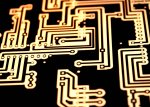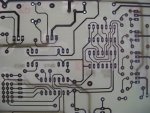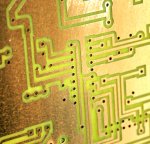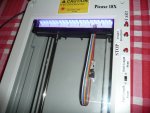Like Dippy once said, "we all have our quirks". Mine is to "proto" on finished PCB's, you have to trust your design at some time don't you ? I find that this way I blow/sublimate less components than with loose wires on a breadboard.
This is my 6th board ever, hopefully the younger members will believe that reasonably good boards can be home brewed, just try it, you'll probably surprise yourself !
Attached is a pic of part of the board.
Manie
This is my 6th board ever, hopefully the younger members will believe that reasonably good boards can be home brewed, just try it, you'll probably surprise yourself !
Attached is a pic of part of the board.
Manie
Attachments
-
236.6 KB Views: 173




